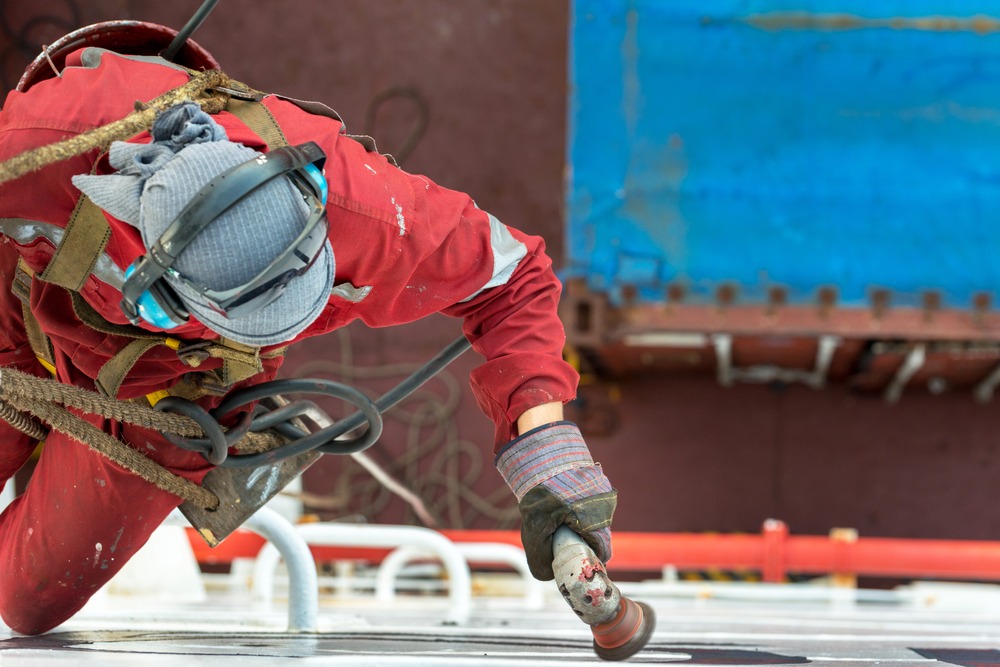
Effective approach to Permit to Work system
An effective permit to work system should include a working aloft or overside permit. This should be issued for all similar activities. As always, a toolbox meeting prior start is vital for proper implementation of procedures. Movement of ship in a seaway will add to hazards involved in work of this type. A stage or ladder should always be utilized when work is to be done beyond normal reach.
A safety harness with lifeline or other arresting device should be continuously worn when working aloft, outboard, overside or at height. A safety net should be rigged when necessary and appropriate. Additionally, when work is done overside, buoyancy garments should be worn and a lifebuoy with sufficient line attached should be kept ready for immediate use.
Specific areas of the ship require different approaches
RELATED NEWS
IACS suggests modifications for pilot ladders in upcoming NCSR 10
OneOcean: Digitalization can reduce the hazards of unpredictable weather
Near ship’s whistle, officer responsible for job should ensure that power is shut off and warning notices posted on bridge and in machinery spaces.
For work in funnel, officer responsible should inform duty engineer to ensure that steps are taken to reduce as far as practicable emission of steam, harmful gases and fumes.
For work in vicinity of radio aerials, officer responsible should inform radio officer so that no transmissions are made whilst there is a risk to seafarer. A warning notice should be put up in radio room.
Where work is to be done near radar scanner, officer responsible should inform officer on watch so that radar and scanner are isolated. A warning notice should be put in set until necessary work has been completed.